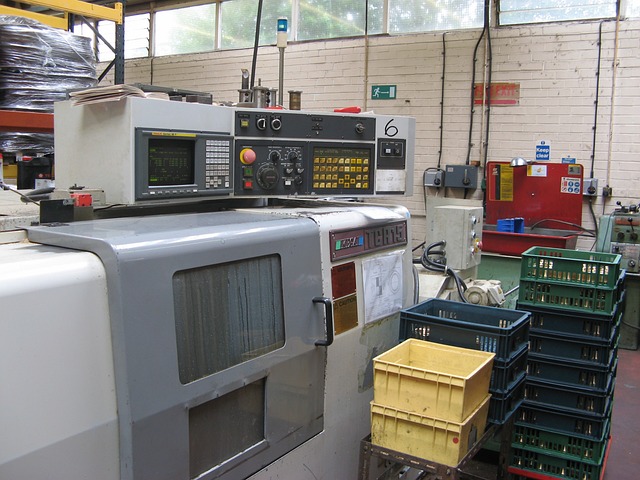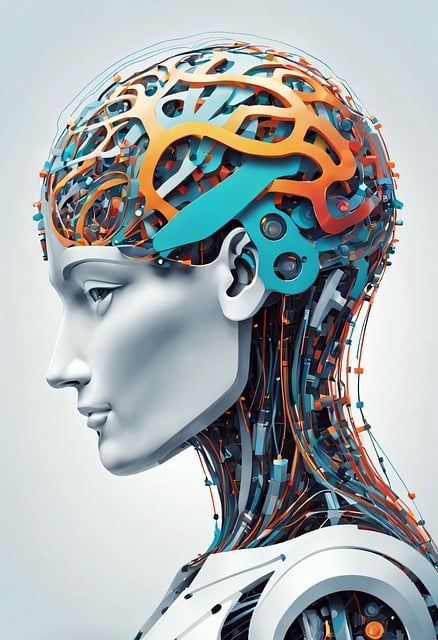Unlocking the Future of Finance: An In-Depth Exploration of Automated Trading Bots
In the rapidly evolving landscape of financial markets, technology has become a powerful ally for traders. Among the myriad of innovations, automated trading bots have emerged as a particularly influential tool. This article delves deep into the world of automated trading bots, exploring their functions, advantages, disadvantages, and their overall impact on trading practices.

Understanding Automated Trading Bots
At their core, automated trading bots are software programs that use algorithms to analyze market data and execute trades on behalf of users. They operate based on predefined conditions and trading strategies, allowing them to make trades at high speeds - far beyond human capability. This automation holds great promise, making trading more efficient and accessible to a broader audience.
How do Automated Trading Bots Work?
Automated trading bots work by using algorithms that take in real-time data from the markets and assess it against a set of predetermined criteria. Essentially, these bots can monitor numerous markets simultaneously and carry out trades following specific strategies, often without human intervention.
- Data Analysis: Bots rely on technical indicators and historical data to predict market trends.
- Execution Speed: They can open and close positions within milliseconds, providing a significant advantage in volatile markets.
- Backtesting: Traders can test their strategies against historical market data to see how they would perform before risking real money.
Types of Automated Trading Bots
There are several types of trading bots, each designed for different trading strategies and market conditions. Some of the most common types include:
- Market Making Bots: These bots provide liquidity to the market by placing buy and sell orders simultaneously, profiting from the spread.
- Trend Following Bots: These bots seek to capitalize on upward or downward trends in the market.
- Arbitrage Bots: They exploit price discrepancies between different markets or exchanges to make a profit.
- Signal Bots: These bots use signals generated from indicators and various algorithms to execute trades.
Advantages of Using Automated Trading Bots
The rise of automated trading bots has been met with enthusiasm and skepticism alike. However, the benefits they offer can significantly enhance a trader's overall experience.
1. Increased Efficiency
One major advantage of trading bots is their efficiency. They can monitor multiple markets and recognize trading opportunities that might be missed by human traders. In my opinion, this aspect cannot be overstated, especially in a fast-paced market where timing is crucial.
2. Emotionless Trading
Human emotions can often cloud judgment, leading to impulsive trading decisions based on fear or greed. Automated trading bots remove this emotional aspect from trading, allowing for more objective and rational trading strategies.
3. 24/7 Market Monitoring
While human traders require rest, bots can monitor the market around the clock. They can operate non-stop, taking advantage of trading opportunities at any hour, which adds a significant edge in today's global markets. I find this capability particularly fascinating as it offers the potential for increased profits without the fatigue associated with traditional trading.
4. Backtesting Capabilities
Many bots come equipped with backtesting features, allowing traders to test their strategies against historical data. This feature gives traders insights into how their strategies would have performed in the past, providing the confidence needed to apply these strategies to current market conditions.
Disadvantages of Automated Trading Bots
Despite their advantages, automated trading bots are not without their pitfalls. It's essential to recognize these downsides to approach automated trading with a balanced perspective.
1. Technical Failures
Automated trading bots rely on technology, and as we all know, technology can fail. Issues such as server downtime, software bugs, and connection problems can lead to significant financial losses. Personally, I have a healthy skepticism towards technology in areas where financial stakes are high, and this is one reason why cautious engagement with bots is crucial.
2. Over-Optimization
Some traders may fall into the trap of over-optimizing their strategies for historical data. This phenomenon, known as curve fitting, can lead traders to create bots that perform exceptionally well on past data but fail in real-time trading conditions. It is a reminder that past performance is not always indicative of future results, a maxim that holds true in the chaotic realm of trading.
3. Reduced Trading Skills
Relying solely on bots can lead to a decrease in a trader's skills and knowledge. The craft of trading involves understanding market psychology and strategy, and while bots can aid in executing trades, they should not replace the learning process. My opinion here is clear; trading should be seen as an ongoing learning journey.

Regulation and Ethics in Automated Trading
As automated trading bots become more prevalent, the call for regulation and ethical standards grows louder. It is essential for the financial industry to establish rules that promote fair trading practices while safeguarding against market manipulation and fraud.
The Need for Regulation
With the power of automated bots comes the potential for misuse. High-frequency trading (HFT) and controversial practices like spoofing can lead to market distortions. Regulation can play a vital role in ensuring that automated trading remains a fair and transparent practice.
Ethical Considerations
The use of automated trading systems raises important ethical questions. For instance, is it fair for institutional investors to leverage advanced technology that smaller retail traders cannot access? The disparity in resources can create an uneven playing field, necessitating a discussion about ethical implications in automated trading.
The Future of Automated Trading Bots
As we look toward the future, it’s clear that technology will continue to shape trading practices profoundly. Automated trading bots are likely to become more sophisticated, incorporating artificial intelligence and machine learning capabilities that could revolutionize how trading strategies are developed and executed. In my view, staying abreast of these developments is crucial for traders who wish to maintain a competitive edge.
Final Thoughts
In conclusion, automated trading bots represent both a formidable opportunity and a potential risk for traders. While they can enhance efficiency and reduce emotional trading, they also come with significant caveats that require careful consideration. As the trading landscape evolves, so too must the strategies and tools that traders employ. Ultimately, the decision to use automated trading bots should be accompanied by education, strategy, and a sound understanding of market dynamics. As we embrace these powerful tools, let’s not forget the importance of the human touch in trading.